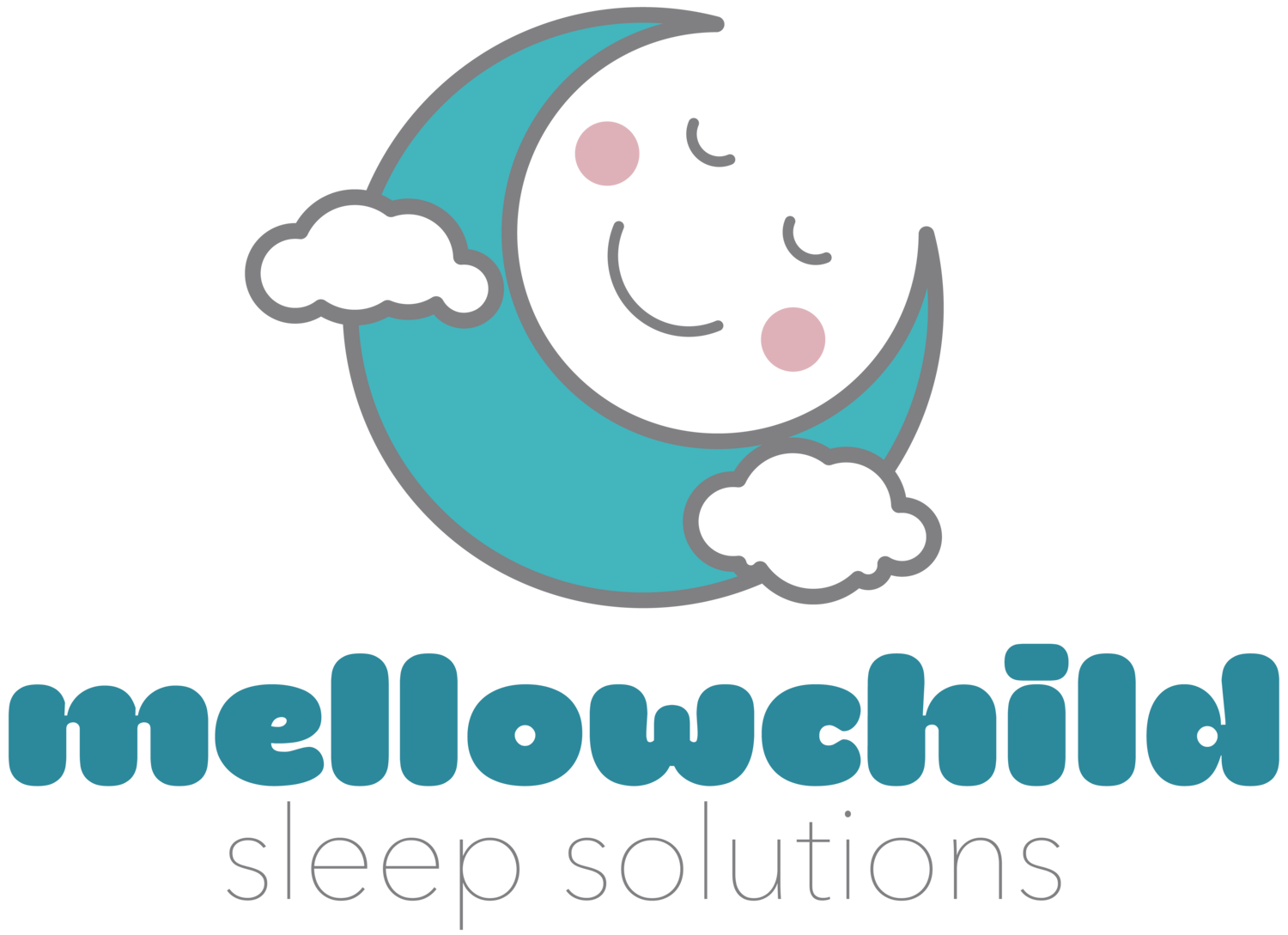What To Expect When Working With Me
Before we begin, I’ll ask you to track your child’s sleep for at least seven days using my sleep log. This helps me understand their 24-hour sleep pattern and overall sleep need.
This is a very important piece of information for me to have before writing your plan, because it allows me to:
Understand your child’s unique 24-hour sleep need
Set realistic and achievable goals for sleep
Reduce stress, crying, and frustration as we make changes
I’ll also take into account your family’s lifestyle and commitments. Not every family can manage very early bedtimes, strict nap schedules, or every nap in the cot - and that’s okay! You’ll have a plan that supports good sleep while still fitting your day-to-day life.
You can choose the level of involvement that feels right for you when helping your child learn to fall asleep independently:
Stay and Support – You remain with your child, offering comfort and reassurance as they learn to self-settle.
Check and Respond – You give short opportunities for your child to settle, returning at consistent intervals to reassure.
There’s flexibility within each approach, and you can make eye contact, and offer physical and verbal reassurance.
It’s important to understand that whatever the approach, tears are likely to happen. Crying is a normal way for babies and young children to express frustration as they adjust to something new. Our job isn’t to stop crying altogether but to help your little one feel supported and secure as they adapt.
You will usually see progress within 3–5 days.
Sleep can be easier - starting today.
What Families Are Saying
